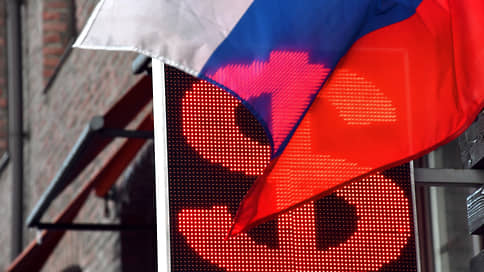The Russian ruble has started pre-New Year sales
[ad_1]

In recent days, exchange rates of major foreign currencies have increased significantly. In particular, the dollar exchange rate rose above 92 rubles/$, the euro – to 102 rubles/€. This was facilitated by the speculative activity of investors against the backdrop of the execution of December futures contracts. In addition, the position of the Russian currency is weakened by the seasonal increase in budget payments.
For the third day in a row, the Russian currency is losing ground: on December 21, at trading on the Moscow Exchange, the dollar exchange rate exceeded 92.8 rubles/$, the maximum since December 7. The euro exchange rate exceeded 101.8 rubles/€, this is already a two-month high. The yuan exchange rate was approaching 13 rubles/CNY, having renewed its maximum since the beginning of December.
However, the active game to increase foreign currencies was mainly carried out for a short time in the afternoon: in literally 15 minutes, the volume of dollar trading amounted to about 26 billion rubles. (17% of the total volume for the day), euro – about 12.5 billion rubles. (19%), yuan – 25 billion rubles. (13%). Subsequently, the intensity of trading weakened, but rates remained close to the local maximums achieved.
According to market participants, an active bull game could take place against the backdrop of the execution (expiration) of quarterly futures for currency pairs. The daily fixing value is taken as the futures execution price, which is calculated in accordance with a special formula based on the average prices of transactions and orders, calculated second by second from 12:15 to 12:30.
92.8 rubles
reached the dollar exchange rate at trading on the Moscow Exchange on December 21.
“Manipulation of rates and quotes during the expiration period of futures is usually used to increase profits on such contracts. The Central Bank is actively fighting these operations, in particular, the time range for determining fixing has been expanded,” notes Vladimir Evstifeev, head of the analytical department of Zenit Bank.
Such upswings periodically occur in the foreign exchange market, but are usually fleeting and, in the absence of speculative pressure, exchange rates quickly return to their previous values (see “Kommersant” dated March 17). This time the decline in rates was insignificant. At the end of the day, the dollar exchange rate was 92.15 rubles/$, the euro – 101.6 rubles/€, the yuan – 12.85 rubles/CNY.
In this regard, market participants talk about “seasonal weakness” of the Russian currency. “December is traditionally the largest budget expenditure of the year – as a result, the supply of rubles on the market increases, part of it goes to the purchase of imports, and part goes directly to the purchase of foreign currency,” explains Sovcombank chief analyst Mikhail Vasiliev.
The Moscow Exchange noted that rate movements on the spot currency market at the time of expiration of futures contracts did not go beyond the average volatility.
To reduce speculation, a new version of the fixing calculation methodology began to operate on the exchange in June, according to which the calculation interval was increased from 5 to 15 minutes. There are no plans to change the algorithms for calculating currency fixing in the near future.
And in the near future, market participants expect further weakening of the ruble. “Traditionally, our current account declines in October-November, and in January there are prerequisites for the weakening of the ruble, since foreign exchange earnings come with a delay of one to three months,” notes Dmitry Rozhkov, director of treasury at Tsifra Bank.
Even the tax period will not have the desired impact on the exchange rate, experts say. According to Vladimir Evstifeev, the impact of the approaching tax period, the volume of which is estimated at 3.5 trillion rubles, can be offset by active spending of budget funds, traditional for the end of the year. According to Mikhail Vasiliev, until the end of the year the dollar exchange rate will remain in the range of 89–94 rubles/$, the euro exchange rate will remain in the range of 98–103 rubles/€.
[ad_2]
Source link





